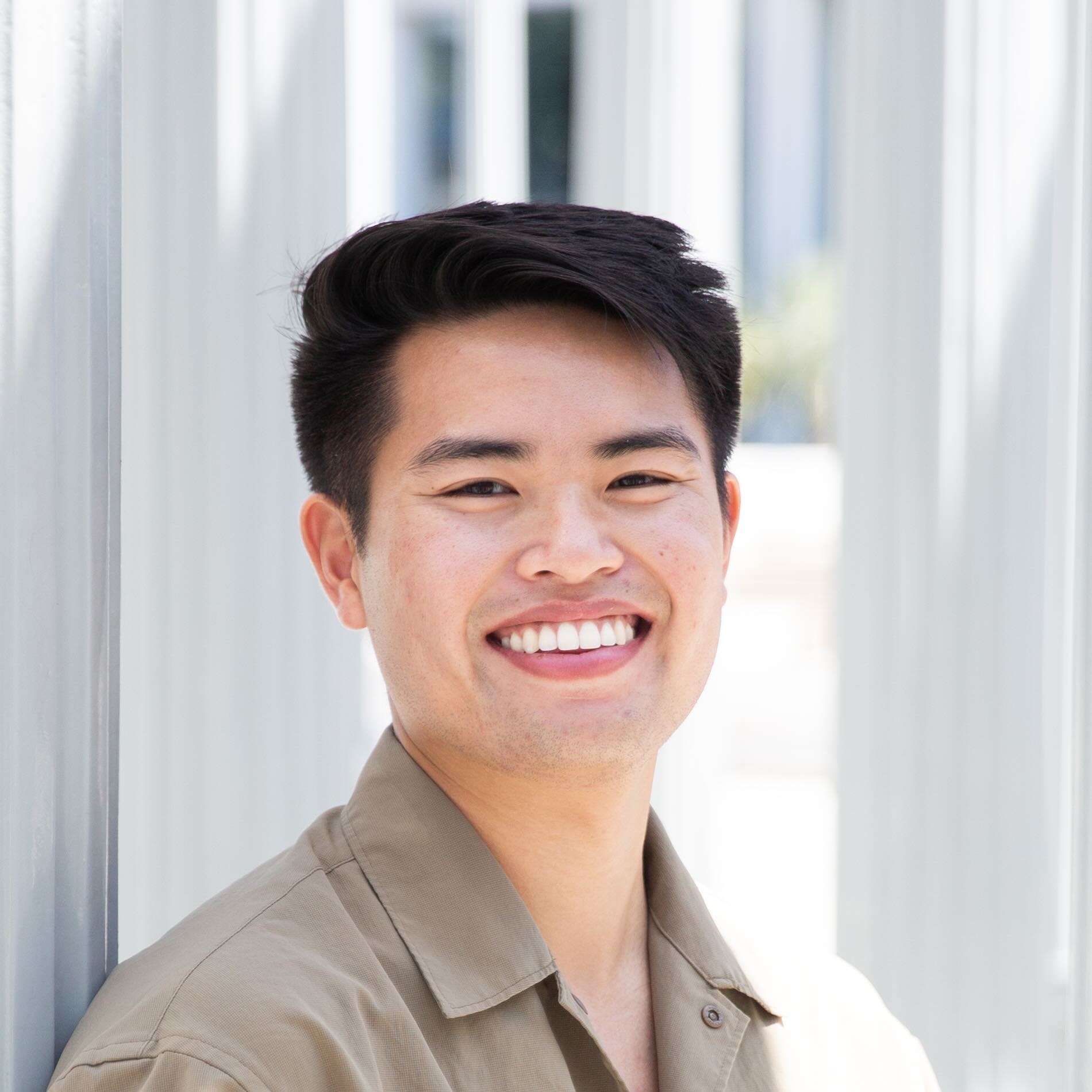This is a curated collection of things I’ve read, ranging from academic papers to picture books. They are organized by themes or questions.
How should science be done?
One of the first books that got me thinking about science not as an inert body of knowledge but a human activity is Discovering by Root-Bernstein. I stumbled upon it during a used-book sale during my senior year at MIT. The book was a breath of fresh air, an antedote during a time when I began to view science more and more as an unimaginative rat-race of incremental knowledge accrual. It kickstarted my foray into the philosophy of science, asking questions like “What are the foundations of science?” and “Who set them?”.
I started a reading group with my friends Keith Murray and Kenneth Cox to tackle Karl Popper’s The Logic of Scientific Discovery and Thomas Kuhn’s The Structure of Scientific Revolutions.
Science does not rest upon solid bedrock. The bold structure of its theories rises, as it were, above a swamp. It is like a building erected on piles.
- Karl Popper
Up until this point, I gathered that while the use of logic to validate scientific knowledge is rational, the art of casting a new idea to generate a discovery is wholly irrational. Just as you cannot force a lightning strike to occur, you can increase the odds of it happening by standing atop a mountain with a long metal rod. This got me thinking about environments of “curated chaos.”
I did a bit more reading of science philosophy on my own, diving into the fiery angst of Paul Feyerabend’s Aginst Method and the calmer shallows of Ian Hacking’s Representing and Intervening. A handful of science philosophy books in, I began to notice the dialogue and tensions between philosophers across schools of thought and time. Feyerabend, for instance, very directly responded to Thomas Kuhn and Imre Lakatos’s Criticism and the Growth of Knowledge.
Scientific taste
Alongside trying to understand the practice of science through a philosophical lens, I figured it would be just as valuable to read the perspectives of seasoned scientists themselves. While I initially thought Richard Hamming’s bold/arrogant approach to science would be tiresome, it instead had a magnetic draw that empowered me to strive for excellence. The cyclic process that is the Scientific Method is not churned the same way among different scientists. There is very much an element of taste and style, both of which he illustrated through concrete examples in The Art of Doing Science and Engineering.
- Rob phillips biophysics lens paper and maps
For papers that directly outline should and should nots:
- How to Choose a Good Scientific Problem
- Problem choice and decision trees in science and engineering
Thinking, learning, and knowledge management
Andy Matuschak. Analog technologies.
Active matter and physics
How can the events in space and time which take place within the spatial boundary of a living organism be accounted for by physics and chemistry?
- What is Life, Erwin Shrodinger
I believe there’s still a lot of work to be done before we can engineer biological systems in a way that leverages their full potential.
Analog computation
Engineering the physics of a system to achieve desired behavior where the behavior is a type of computation.
- Analog electronics and mechanisms (governor steam engine device, filters)
- Link between dynamics and computation. Explored by Marco Giunti in Computation, Dynamics, and Cognition
There was of time where I was interested in synthetic biology for its goal to apply engineering principles to biology. In fact, much of the current interpretations of what “bioengineering” is derives from one of the founders of synthetic biology Drew Endy and his paper Foundations for engineering biology. But I noticed that there was an over-emphasis on digital computation (Collins, Elowitz papers). There was a
While applying to graduate programs, I skimmed dozens of lab profiles to see which research overview would resonate with my primordial musings on engineering biology. Stumbling upon Manu Prakash’s lab description, I felt that the words I have been scratching for have finally been articulated. This marks my big pivot into active matter and biophysics, though, Manu would insist that we don’t confine ourselves to any particular scientific field but rather embrace science and nature wholly.
I asked one of Manu’s graduate students how I could get started, and he recommended I read the textbook Soft Matter. In addition to diving into a field that was completely new to me, I also began familizaring myself with “who’s who” in biological active matter.
- Dumont Prakash Paper
- Ramaswamy paper
- Vincenzo
- Rob Phillips
- Molecular vitalism
###
